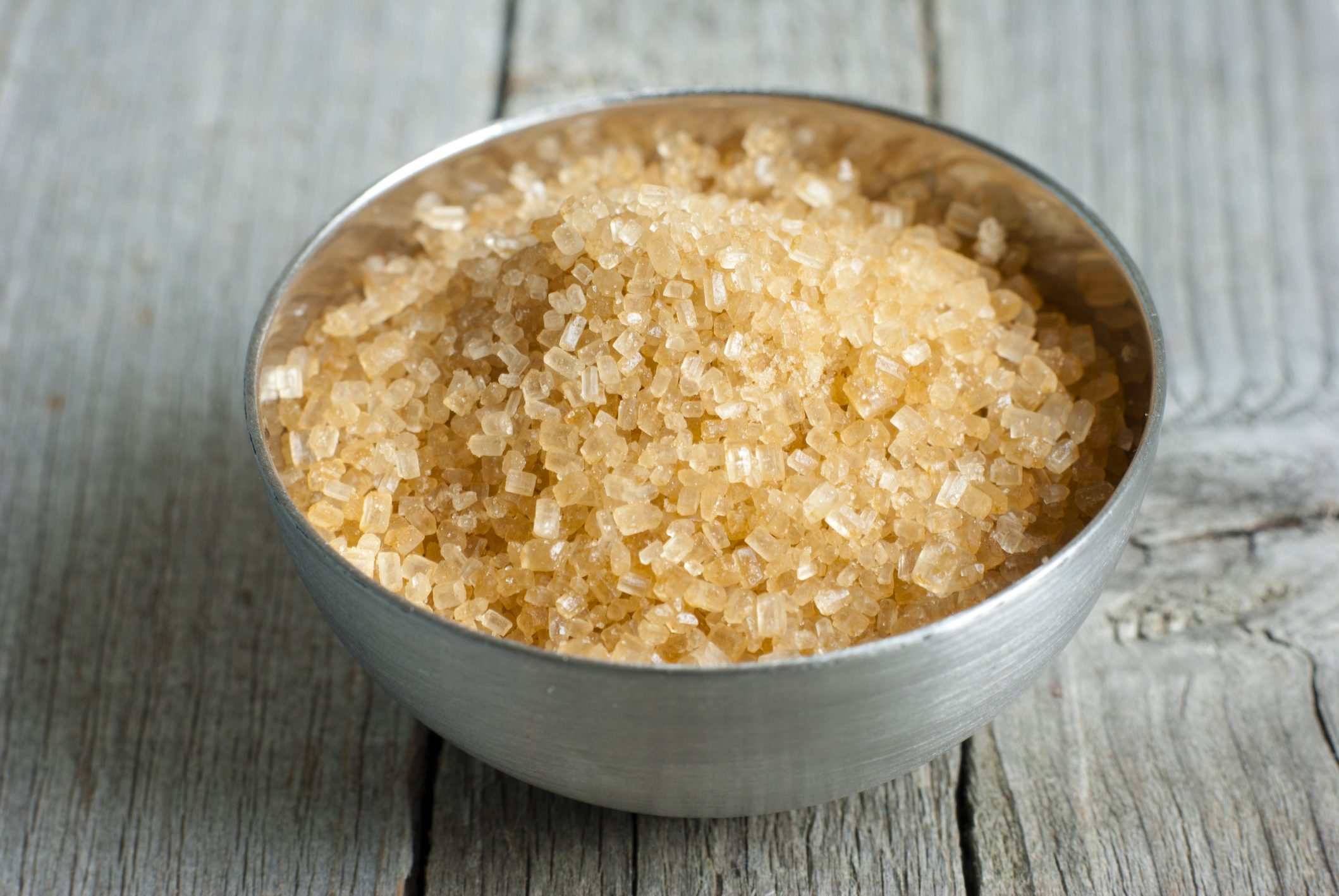Discover the Health Benefits of Sugar and Cane in Your Diet
Why Cane Sugar Processing Chemicals Are Critical for Modern Sugar Refining
The role of walking cane sugar handling chemicals in modern sugar refining can not be overstated, as they are indispensable to boosting both the efficiency of extraction and the general quality of the final product. Agents such as phosphoric acid and specific flocculants are utilized to get rid of impurities, resulting in sugar that not only satisfies consumer assumptions but also sticks to market criteria.
Function of Processing Chemicals
The efficacy of walking cane sugar processing pivots considerably on the tactical application of processing chemicals. These chemicals play an essential function in improving the efficiency and quality of sugar extraction and refining. From the initial phases of juice extraction to the final filtration steps, processing chemicals assist in numerous essential operations.
In the removal phase, chemicals such as phosphoric acid and calcium hydroxide are utilized to enhance the explanation procedure, assisting to get rid of contaminations and suspended solids from the cane juice. This not only enhances the return however additionally makes certain the clarity of the end product. In addition, representatives like flocculants help in the quick settling of contaminations, consequently simplifying the overall process.
As the processing developments, chemicals are made use of in decolorization and formation phases. Triggered carbon and ion exchange resins serve to remove shade and odor, ensuring that the refined sugar fulfills consumer top quality criteria. Inevitably, the duty of handling chemicals prolongs past operational performance; they dramatically influence the sensory features of the last product, contributing to market competitiveness. Hence, the meticulous option and application of these chemicals are crucial for achieving ideal outcomes in walking cane sugar handling.
Secret Kinds Of Chemicals
Walking cane sugar processing counts on a variety of crucial chemicals that help with each phase of production. These chemicals play essential roles in clearing up, whitening, and purifying the sugar removed from walking stick.
One main group of chemicals includes flocculants, such as polyacrylamide, which aid in the clarification process by advertising the aggregation and settling of impurities. Additionally, calcium hydroxide is frequently utilized to neutralize acidity and aid in the removal of non-sugar parts.
Lightening agents, such as activated carbon and sulfur dioxide, are used to decolorize the syrup, causing a clearer end product. These chemicals assist eliminate shade compounds that might affect the sugar's look and marketability.
Moreover, phosphoric acid functions as a pH regulatory authority throughout the handling stages, guaranteeing optimal problems for the enzymatic activities included in sugar extraction and filtration.
Other essential agents include edta (ethylenediaminetetraacetic acid), which chelates metal ions that might catalyze undesirable responses, and salt hydroxide, which assists in pH control throughout the refining procedure. Jointly, these chemicals improve efficiency and make sure a high-quality cane sugar item.
Benefits for Sugar Quality
Typically forgotten, using specific processing chemicals considerably boosts the general top quality of walking cane sugar. These chemicals play a pivotal role in refining processes, making sure that the last product meets stringent industry criteria for pureness and taste.

Additionally, refining chemicals aid in attaining a regular granulation and structure, which are crucial for consumer approval. By managing the condensation procedure, these chemicals ensure that the sugar crystals develop uniformly, bring about an extra appealing product that liquifies well in different applications.
Furthermore, using these chemicals can boost the life span of cane sugar by reducing wetness absorption and microbial development. Overall, the tactical application of processing chemicals is vital for supplying high-quality walking cane sugar that satisfies consumer assumptions and market needs.
Ecological Effect Considerations

Moreover, the energy-intensive nature of sugar refining, compounded by chemical use, often results in raised carbon exhausts. This adds to climate change and increases problems concerning the sustainability of existing refining methods. In addition, the sourcing of these chemicals might include methods that endanger biodiversity, such as monoculture farming, which lowers the strength of farming ecosystems.

To minimize these impacts, sugar refiners are increasingly exploring lasting alternatives and taking on best techniques that lessen chemical use. Carrying out rigorous environmental administration systems can help make sure that the refining procedure aligns with ecological requirements and advertises biodiversity. Inevitably, a well balanced technique that focuses on both sugar top quality and environmental stewardship is vital for the long-term viability of the sugar sector.
Future Fads in Refining
As the sugar industry comes to grips with the ecological obstacles linked with like this traditional refining techniques, cutting-edge strategies are arising to improve both effectiveness and sustainability. One significant pattern is the adoption of environment-friendly chemistry concepts, which focus on the use of safe, biodegradable processing chemicals. This change not only decreases environmental impact but also addresses consumer need for cleaner manufacturing approaches.
An additional promising development is the execution of sophisticated filtration innovations, such as membrane layer splitting up and adsorption processes. These strategies boost the clarity and top quality of the sugar while reducing the volume of wastewater generated during refining. Furthermore, the assimilation of digital technologies, consisting of IoT and AI, is changing functional efficiency by allowing real-time surveillance and anticipating upkeep, hence lessening source waste.
In addition, Full Report making use of spin-offs from sugar refining, such as bagasse and molasses, is acquiring traction. These materials can be exchanged biofuels or value-added items, adding to a circular economic situation within the industry. Jointly, these trends signal a change towards even more sustainable techniques that not just enhance operational performance however likewise line up with worldwide sustainability objectives, ensuring the future practicality of sugar refining.
Conclusion
Walking stick sugar processing chemicals are vital in modern-day sugar refining, significantly enhancing the performance and top quality of sugar removal. The calculated use these chemicals not just improves the purity and taste of the final item but also guarantees constant formation and texture. As the industry increasingly prioritizes sustainability, the adoption of environmentally-friendly processing representatives is likely to form future trends in refining, ultimately resulting in better items and expanded rack life for customers.

Eventually, a balanced approach that prioritizes both sugar high quality blog here and environmental stewardship is necessary for the long-lasting feasibility of the sugar market.
Cane sugar processing chemicals are necessary in contemporary sugar refining, substantially improving the performance and quality of sugar removal.